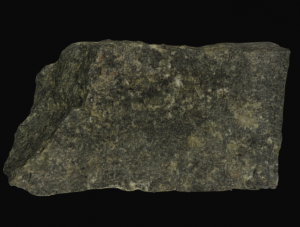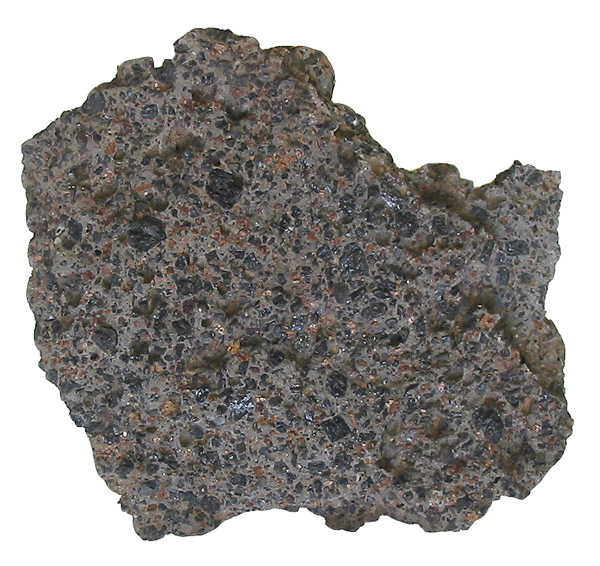4.3 Igneous Composition
Igneous Rock Composition
Another easy way to tell igneous rocks apart is by their color. The color of igneous rocks can *sometimes* be a strong indicator of the type of magma or lava that produced it, regardless of what texture it has.
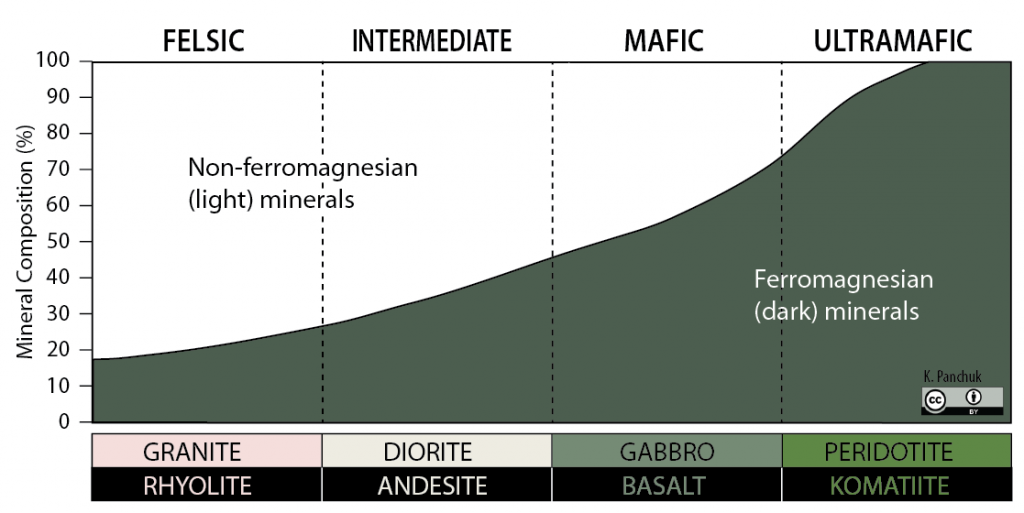
Dark-colored rocks are dark gray and result from mafic volcanism.
Intermediate-colored rocks can be gray to light-gray or contain a significant number of dark gray minerals in a light matrix. They result from magmas or lavas that are between felsic and mafic in composition.
Light-colored rocks have fewer dark minerals in their light matrix or can be completely red to tan-colored. These rocks result from felsic volcanism.
**An important exception to this rule is obsidian! Although this rock can sometimes appear completely black, it is actually formed from felsic lavas!**
Let’s Review!
In the assigned reading, you should have learned that the difference between mafic and felsic volcanism is due to chemical composition. What components will you find in mafic rocks and which will you find in felsic rocks?
Let’s examine some of the images of igneous rocks you have seen in the previous Texture exercise (and some new ones, too!), and categorize them according to color!
Decide which category (Light, Dark, or Intermediate) BEST fits the card depicting each of the above mineral samples. Once you have a good grasp of how to categorize the rocks based on their colors, you can take the extra step of assigning each rock a scientific category–felsic , mafic or intermediate. Hint: Look at the color definitions again if you are unsure.
Sample 1: Click on the image below to view the sample as an interactive, 3D model!

Sample 2: Click on the image below to view the sample as an interactive, 3D model!
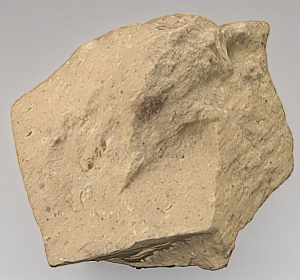
Sample 3: Click on the image below to view the sample as an interactive, 3D model!
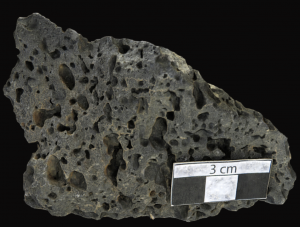
Sample 4: Click on the image below to view the sample as an interactive, 3D model!
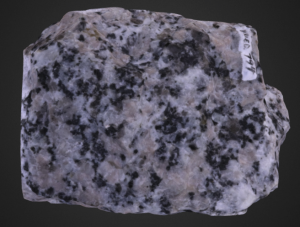
Sample 5: Click on the image below to view the sample as an interactive, 3D model!
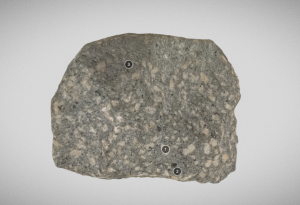
Sample 6: Click on the image below to view the sample as an interactive, 3D model!
